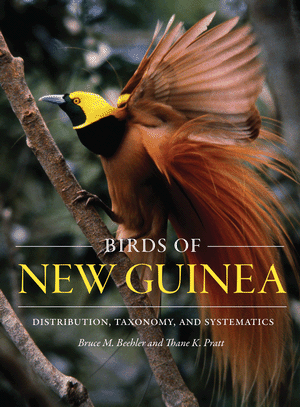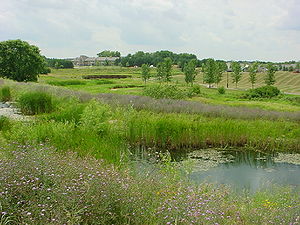Birds of Western Ecuador: A Photographic Guide
by Nick Athanas & Paul J Greenfield. Princeton University, 2016
Review by Anne Hanley
 If you are planning a trip to Western Ecuador, you should check out this field guide. If you’ve never birded Ecuador, you’ll want to after seeing this book.
If you are planning a trip to Western Ecuador, you should check out this field guide. If you’ve never birded Ecuador, you’ll want to after seeing this book.
The first thing you’ll notice are the very appealing photographs. The occurrence maps are on the same two page spread as the photo so you can see the expected range. The text includes the bird’s elevation range and some plumage description, particularly field marks that don’t show in the photo.
Compared to the Birds of Ecuador Field Guide (Robert S Ridgely and Paul J Greenfield), you will find the text abbreviated and if you are used to carrying only the plates from Birds of Ecuador, the Birds of Western Ecuador weighs more - but less than the complete Birds of Ecuador.
The Genius of Birds
by Jennifer Ackerman. Penguin Press, 2016
Review by Anne Hanley
 If you enjoyed the David Attenborough Life of Birds episode about the Bower birds’ decorating skills or the Nature show describing research with crows that showed they can recognize faces, you will find this book fascinating.
If you enjoyed the David Attenborough Life of Birds episode about the Bower birds’ decorating skills or the Nature show describing research with crows that showed they can recognize faces, you will find this book fascinating.
Ms. Ackerman describes many recent studies showing the amazing skills birds have – navigation, remembering locations and even tool use in some cases. I thought she did a great job of showing the marvelous behaviors and abilities in the avian world. I like birds a lot, but I found my appreciation growing the more chapters I finished.
The book is written for a general audience, so the more technical aspects of the research is not included. If you love statistics, you’ll have to check out the references in the footnotes.
Cat Wars: The Devastating Consequences of a Cuddly Killer
by Peter P. Marra and Chris Santella. Princeton University Press, 2016.
Review by Mark Lystig
 Cats in America are an invasive species. Like other invasive species, free-roaming (feral and pet) cats impact native species of birds, mammals, and reptiles. Read this concise book to learn more about free-roaming cats and their diseases and why we must reduce their numbers. The authors are not anti-cat, but are concerned about native wildlife.
Cats in America are an invasive species. Like other invasive species, free-roaming (feral and pet) cats impact native species of birds, mammals, and reptiles. Read this concise book to learn more about free-roaming cats and their diseases and why we must reduce their numbers. The authors are not anti-cat, but are concerned about native wildlife.
We own cats but don’t let our cats out. We keep the cats healthier and keep the cats from killing birds. If you must let your cat out, use a leash. Your cat(s) should be neutered and get rabies shots. Infected cats may spread rabies to other animals or humans. Cats have become the number-one domesticated species passing rabies to humans. Cats may have other diseases that may be transmitted both to other animals and to humans: plague and toxoplasmosis (a possible cause of schizophrenia).
Cats are genetically programmed to be hunters. Cats hunt and kill whatever they can. They don’t need to be hungry; cats hunt because they are hunters. One study concluded that cats kill 1.3-4 billion birds, 6.3-22.3 billion mammals, 95-299 million amphibians, and 258-822 million reptiles annually in the United States. While out hunting cats may also spread diseases that may kill any species that does not have resistance. The diseases may kill animals much larger than cats. You can learn about what cats kill, that Trap-Neuter-Release sounds good but doesn’t work, and also learn about the diseases cats can carry and the threats those diseases pose to wildlife and humans.
This book may change your mind about allowing free-roaming cats.
Life is Good: Pass it On!
Support the outdoors by supporting candidates who do, too
By Don Arnosti
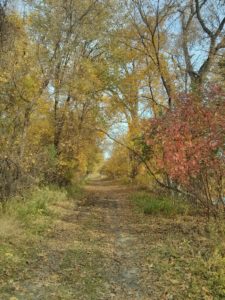 A Minnesota fall – it doesn’t get any better than this. Warm days, cool evenings, fall leaves coming on. Canadian cold fronts drive waves of migrating birds through our backyards – the other day it was a flock of Kinglets and Brown Creepers. Geese “W’s” can be seen and heard at all hours heading south in their ragged lines.
A Minnesota fall – it doesn’t get any better than this. Warm days, cool evenings, fall leaves coming on. Canadian cold fronts drive waves of migrating birds through our backyards – the other day it was a flock of Kinglets and Brown Creepers. Geese “W’s” can be seen and heard at all hours heading south in their ragged lines.
The urgency of the season leads me to take care of chores I’ve been putting off all summer: painting, garage cleaning, working for candidates who love the outdoors as much as I do. Yes, that is an important and necessary “chore” – not just voting, but actively supporting candidates that will work to assure that all I love about Minnesota’s outdoors is available for my as yet unborn grandchildren to enjoy.
We have a real problem in our body politic – you could say a sickness. Partisan gridlock is celebrated by some who believe that a government doing nothing at all is better than one that involves itself in our lives in many ways.
In a year when we are celebrating 100 years of national parks, I heard some at the state legislature browbeating DNR officials who announced that because visitors to the state park system were hitting record levels – they needed more money for rangers and other staff. “Why are the parks losing money?”
When state and federal agencies were ready to work together to pay farmers for 100,000 strategically-located Minnesota River valley acres along ditches, streams and rivers for expanded buffers to improve water quality, the state failed to pass its share of the funds.
Just as Minnesotans have petitioned the federal Environmental Protection Agency (EPA) to intervene to assure the Minnesota mining industry is actually regulated under the Clean Water Act (the legislature persistently passes legislation hindering this) – we have a major presidential candidate promising to abolish the EPA if he is elected.
Elections do matter. And our action or inaction has consequences.
Put up your storm windows – check.
Take a fall bike ride to enjoy the colors – check.
Call up your favorite pro-environment candidate, tell them why you support them, and ask, “What can I do to help assure you can represent me?”
Then do it. Contribute that time to knock on doors, put up signs or to call your neighbors, even if it’s hard for you. Do it for your grandchildren.
Then vote on November 8th knowing you’ve done your part to share the beauties of future Minnesota falls with those who as yet have no say in the matter.
Book Review: Birds of New Guinea
by Bruce M. Beehler & Thane K. Pratt
Book review by Mark N. Lystig
 One of the (many) delights of amateur birdwatching is the opportunity to learn more about where to find the birds, why you find birds where they are, what are the birds doing in the places where you find them (what are they eating, how are they adapted to eat what they are eating, how do they construct—if they construct—their nests, and how old do they have to be when they are able to nest), and to learn more about the environment in general. But as you can see from this list, the opportunity to learn a little soon turns into a quest to learn a lot.
One of the (many) delights of amateur birdwatching is the opportunity to learn more about where to find the birds, why you find birds where they are, what are the birds doing in the places where you find them (what are they eating, how are they adapted to eat what they are eating, how do they construct—if they construct—their nests, and how old do they have to be when they are able to nest), and to learn more about the environment in general. But as you can see from this list, the opportunity to learn a little soon turns into a quest to learn a lot.
Birds of New Guinea, by Bruce M. Beehler & Thane K. Pratt, is a checklist of the birds of New Guinea, intended as a supplement to the authors’ earlier field guide, Birds of New Guinea, Second Edition (Princeton). Whereas you might wish to carry the field guide with you if you go birding in the New Guinea region, you will want to leave this book behind as it is quite heavy
Part I is an introduction to the area studied, but also to the scientific terminology and the difficulty of determining how to identify birds by family, genus, and species or subspecies. There’s an explanation why DNA studies may not be the final solution to identification that many may believe it to be, and the authors explain their choices in their treatments of species and subspecies. The interesting introductory section may be reason enough to consult this book (28 pages).
Part II is the bulk of the book, and contains the accounts of each family, genus, species, and subspecies the authors have identified (485 pages). There are brief general family and genus descriptions, then more specific species and subspecies descriptions for making distinctions. A comprehensive introduction to the birds of New Guinea, this may be more than you need to know.
Sweating the Details: Buffer Battles
By Don Arnosti
 Summer is upon us and we all revel in getting outdoors to enjoy warm weather, time off and our favorite outdoor pursuits. The cycle of nature that is on full display here in the North is one of the great pleasures of living in Minnesota. Cold/hot. Wet/dry. Bloom/senesce. Our landscape is very complex, every-changing and always interesting.
Summer is upon us and we all revel in getting outdoors to enjoy warm weather, time off and our favorite outdoor pursuits. The cycle of nature that is on full display here in the North is one of the great pleasures of living in Minnesota. Cold/hot. Wet/dry. Bloom/senesce. Our landscape is very complex, every-changing and always interesting.
It is tempting to enjoy our birds and wildlife, spend time with family and not sweat the details. However, someone must mind the store. Details matter. The Department of Natural Resources (DNR) recently released buffer maps proposing to downgrade protections for ditched streams and deep water wetlands in rural areas, by interpreting the Governor’s Buffer law very narrowly. Many streams and wetlands are mapped for just a 16.5 foot buffer – or none at all – when they should be receiving 50 feet of vegetative protection.
Do I think this is because the DNR officials don’t understand wetland classifications or the law? No. It is apparent to me that the DNR is taking a “political path of least resistance.” Thousands of miles of streams in southern and western Minnesota were dredged and straightened years ago to “improve drainage” leaving them legally both a “ditch” and a “public water.” DNR expects more complaints from rural interests and certain legislators if they require the full 50 foot buffer on these waters called for in law; they’re expecting that we, the citizens, will be “away at the lake.”
Conservationists can never sleep! Take a moment to dash off a quick note to the Governor. Ask him to instruct the DNR to interpret his Buffer Law correctly. Demand that “DNR Buffer Maps be changed to require a minimum 50 foot buffer on all public watercourses, even if they’ve been ditched, and that all public waters wetlands receive the 50 foot buffer, as well.”
Governor Mark Dayton
75 Rev Dr Martin Luther King Jr Blvd #130
St Paul, MN 55155
Write your 5 minute note and get back to enjoying our birds and your family and friends. After all, summer is just too short in Minnesota to always sweat the details. Thank you for doing your part to protect nature for future generations!
Looking for Osprey in Minnesota
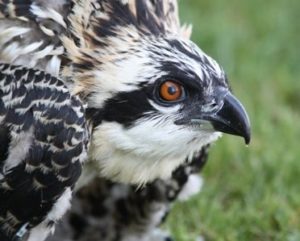 The osprey population in the Twin Cities has grown to over 100 known nests since a reintroduction project began in 1984!
The osprey population in the Twin Cities has grown to over 100 known nests since a reintroduction project began in 1984!
The Twin Cities Metro Osprey Watch is monitoring all known Osprey nests in the eight-county metro area as part of a long-term behavioral and productivity study. This has become a big job, and we need your help!
If you see a new osprey nest or ospreys carrying sticks, please send a report to osprey.mn@gmail.com. If you are interested in volunteering to watch over a nest during the breeding season, please contact us.
Ospreys are increasingly nesting on man-made structures such as cell towers, ball field light poles, transmission towers and tele-phone/power poles, so keep looking up!
To learn more about ospreys and the Twin Cities Metro Osprey Watch, visit their Facebook page or blog at www.ospreywatch.blogspot.com.

